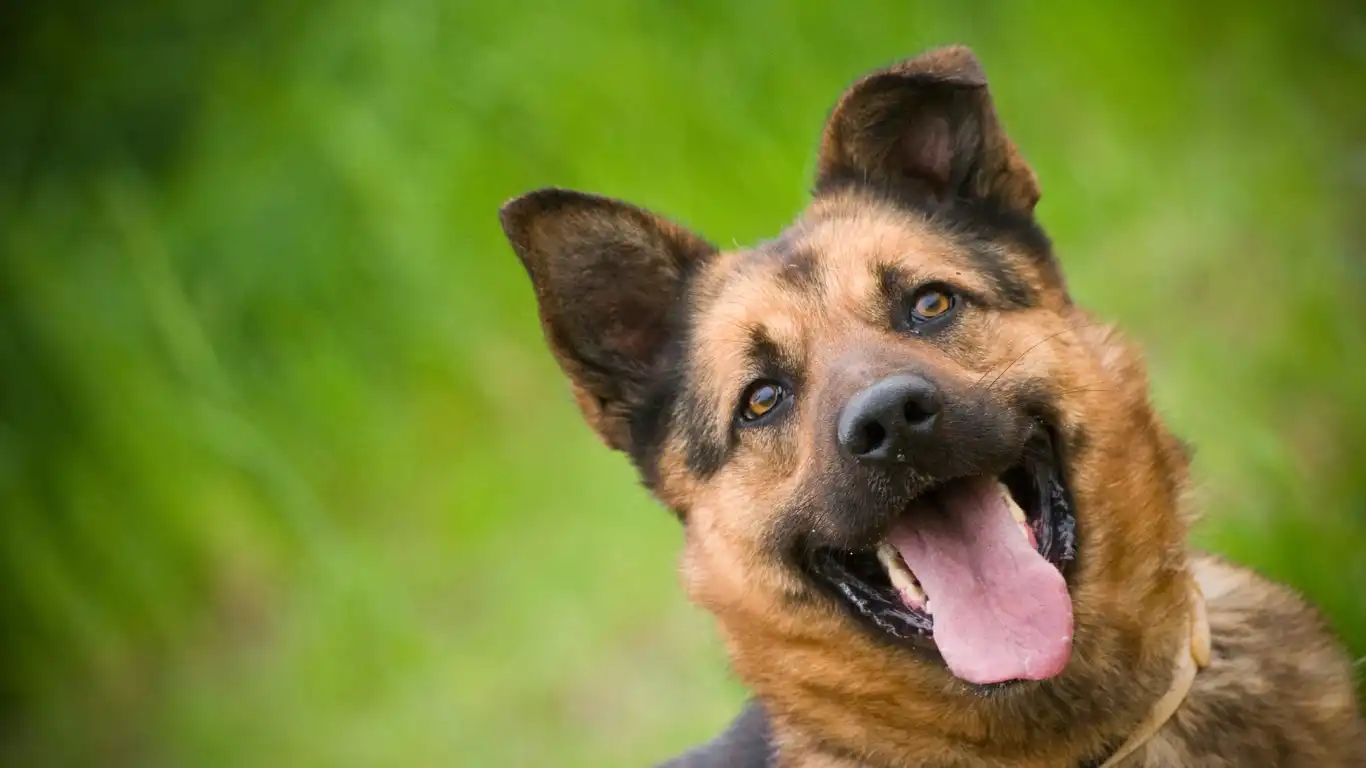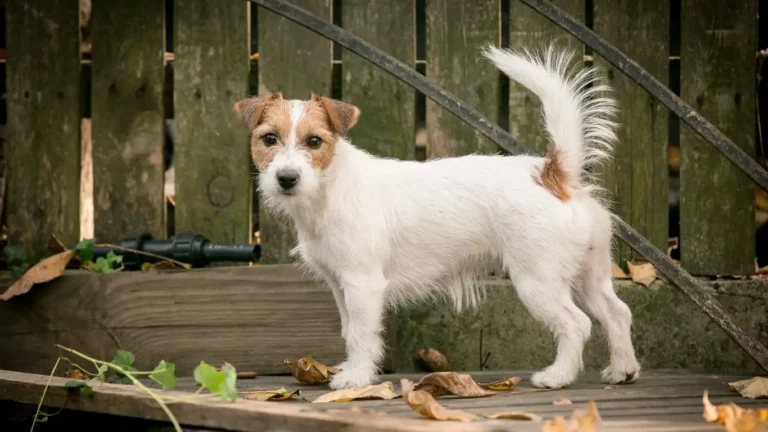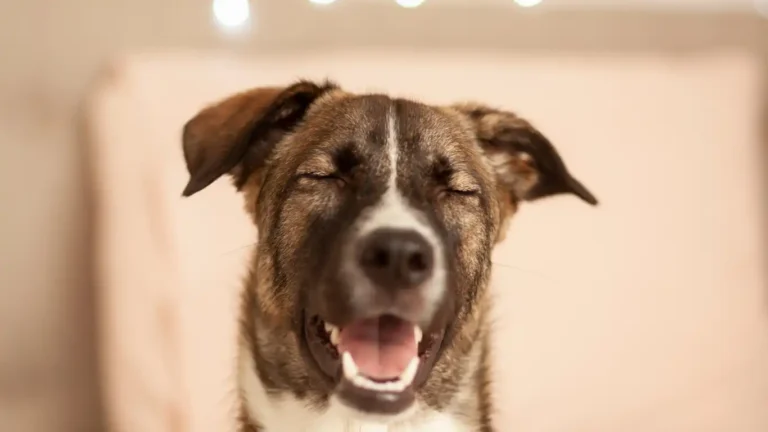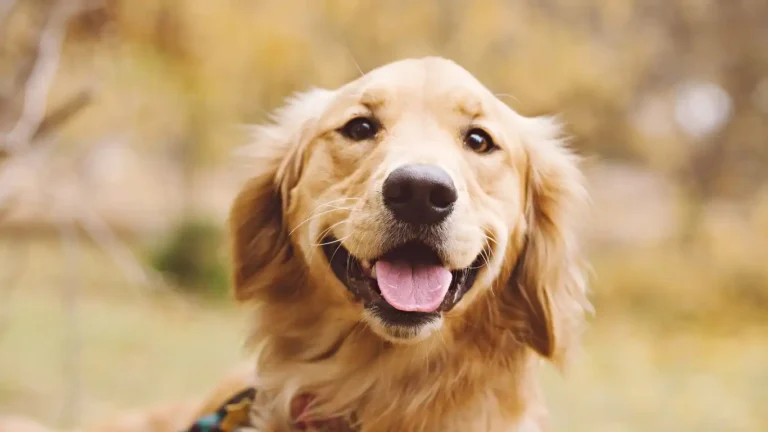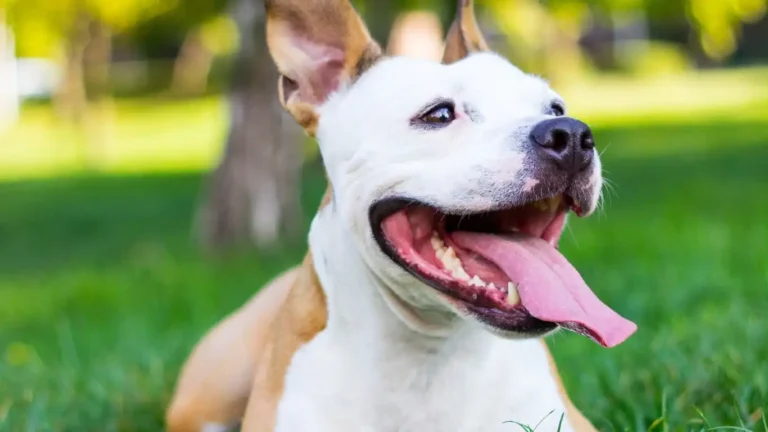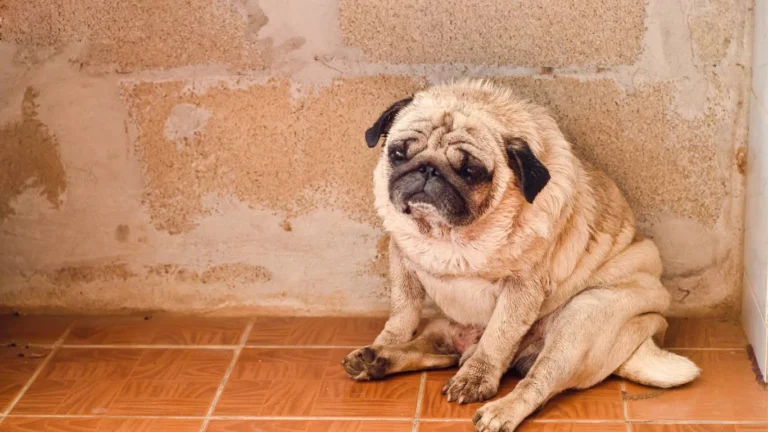Best Way to Groom a Long-Haired Dog at Home – Expert Tips
As a Pet Nutritionist and pet care expert with years of experience in veterinary clinics, I can tell you that grooming a long-haired dog at home can seem like an overwhelming task. But trust me, it doesn’t have to be! Not only does grooming benefit your dog’s health by preventing mats, tangles, and skin issues, but it also strengthens your bond with your furry friend. Whether your dog has a majestic mane like a Shih Tzu, a Golden Retriever, or a Border Collie, mastering the best way to groom a long-haired dog at home can save you time and money while ensuring your dog looks and feels their best. So, grab your grooming tools, and let’s dive into how you can easily manage your long-haired dog’s grooming routine right from the comfort of your home!
The Importance of Regular Grooming for Long-Haired Dogs
Long-haired dogs, while absolutely adorable, require regular grooming to keep their coats looking gorgeous and healthy. The best way to groom a long-haired dog at home starts with understanding why grooming is so essential. If you skip this step, you may encounter a range of issues, from tangled fur to skin infections. Here’s why regular grooming is a must:
- Prevents Mats and Tangles: Long hair can easily become matted if not combed or brushed regularly. Mats can be painful for your dog and even lead to skin irritation.
- Reduces Shedding: Grooming helps remove dead hair, reducing the amount of shedding around the house. This can be a game-changer for pet owners dealing with excessive fur all over their furniture.
- Promotes Healthy Skin: Regular brushing stimulates the skin’s natural oils, promoting a shiny and healthy coat. Plus, it allows you to check for skin issues like dryness or sores.
- Improves Bonding: Grooming can be a calming and bonding experience for both you and your dog. It’s a great opportunity for quality time together!
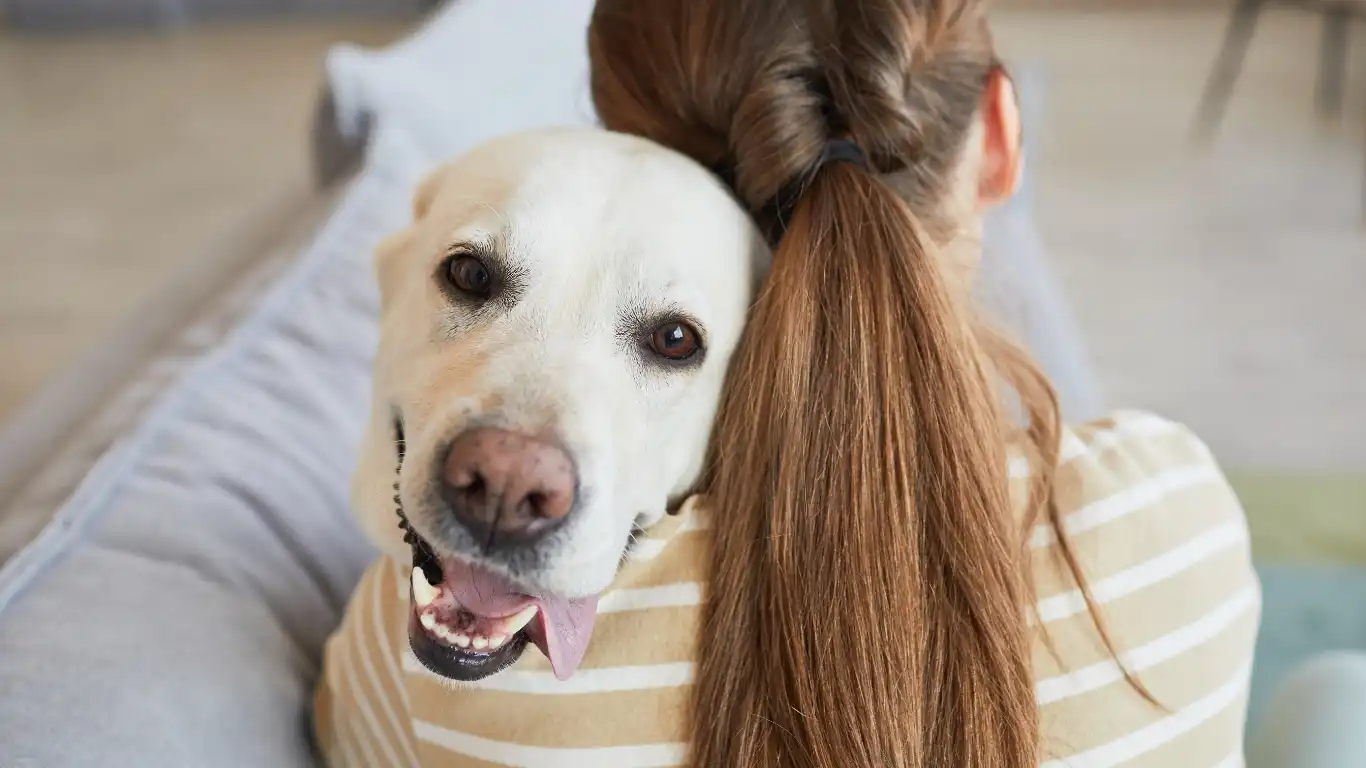
Choosing the Right Grooming Tools for Your Long-Haired Dog
Before we get into the actual grooming process, let’s talk tools. Having the right grooming tools is key to making the process smoother for both you and your dog. A good grooming session starts with the basics:
- Brushes and Combs: A high-quality brush and comb are your first line of defense against tangles. For long-haired breeds, consider a pin brush or slicker brush to gently detangle their fur. A comb with wide teeth is also essential for checking the undercoat for mats.
- De-shedding Tool: If your dog is a heavy shedder, you may want to invest in a de-shedding tool. These tools help to remove loose hair and reduce shedding, which is particularly important for long-haired breeds.
- Scissors: While not always necessary, a good pair of blunt-tipped grooming scissors is useful for trimming around the eyes, ears, or paws.
- Shampoo and Conditioner: Never underestimate the power of a quality dog shampoo and conditioner. Long-haired dogs need extra moisture to keep their coats soft and shiny. Look for gentle, dog-safe formulas that hydrate without causing irritation.
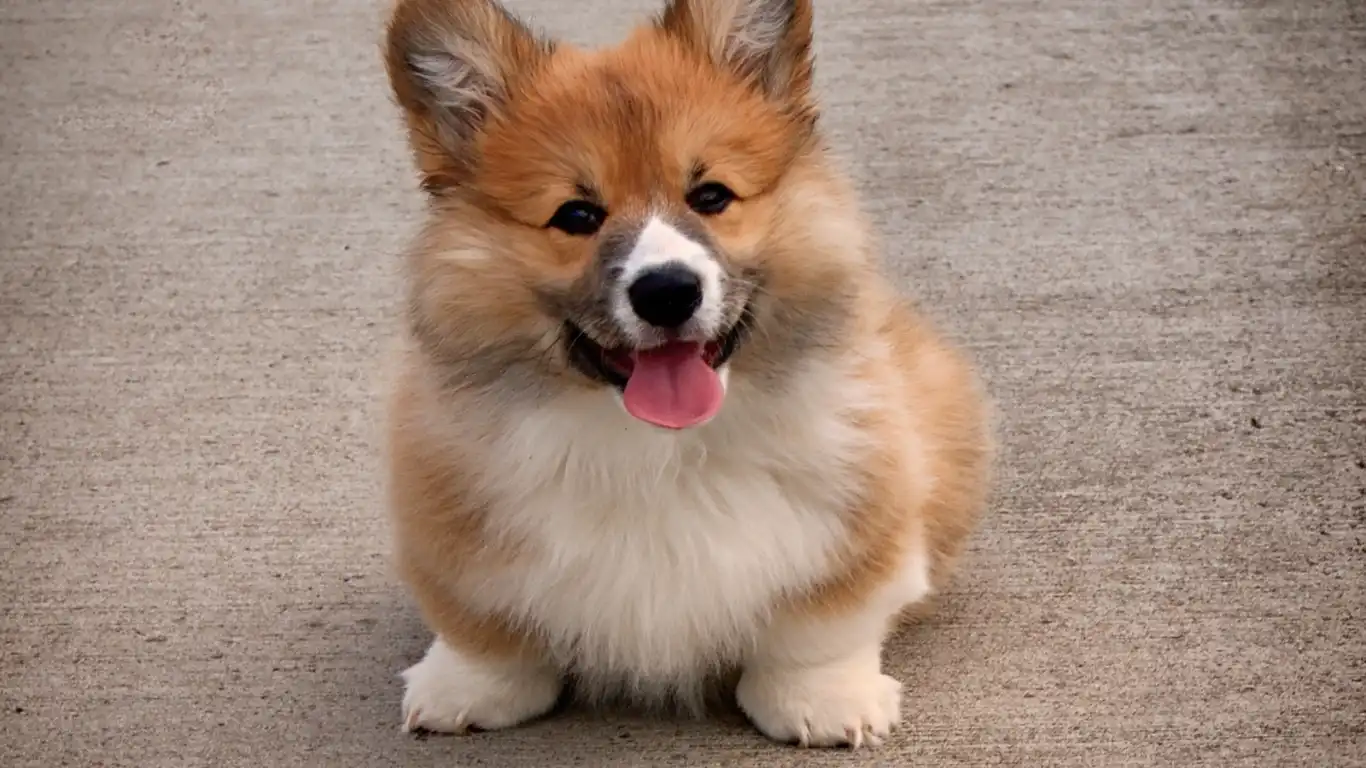
Step-by-Step Guide: Best Way to Groom a Long-Haired Dog at Home
Now, let’s dive into the nitty-gritty of grooming your long-haired dog at home. Follow these simple steps for a professional-looking coat and a happy pup!
1. Start with a Good Brushing Session
Brushing your dog’s coat is the foundation of a good grooming session. For long-haired dogs, it’s crucial to brush out all the tangles before jumping into any bathing or trimming. Follow these tips:
- Choose the Right Time: Groom your dog when they’re calm and relaxed, perhaps after a walk or playtime. This will make the experience less stressful for both of you.
- Work from the Bottom Up: Begin brushing from the bottom (near the paws) and work your way up. This technique helps to avoid pulling on tangles that could cause discomfort.
- Use Gentle Strokes: Be gentle and patient as you brush, especially if your dog has matted areas. If you encounter a tough tangle, use your fingers to gently work through it or spray it with a detangling solution before brushing again.
2. Bathe Your Dog (But Not Too Often!)
Bathing is essential, but it’s important not to overdo it. Too much washing can strip the natural oils from your dog’s skin, leading to dryness and irritation. For long-haired dogs, bathing should be done every 4-6 weeks, depending on their activity level and skin condition.
- Prepare the Bathing Area: Make sure you have everything you need before bringing your dog into the bath. This includes dog shampoo, conditioner, a towel, and a detachable showerhead if possible.
- Wet Your Dog Thoroughly: Gently wet your dog’s coat, making sure the water temperature is lukewarm to avoid discomfort.
- Use a Dog-Specific Shampoo: Choose a gentle dog shampoo that’s formulated for long-haired breeds. Apply it evenly and massage it into the coat, lathering well to remove dirt and oils.
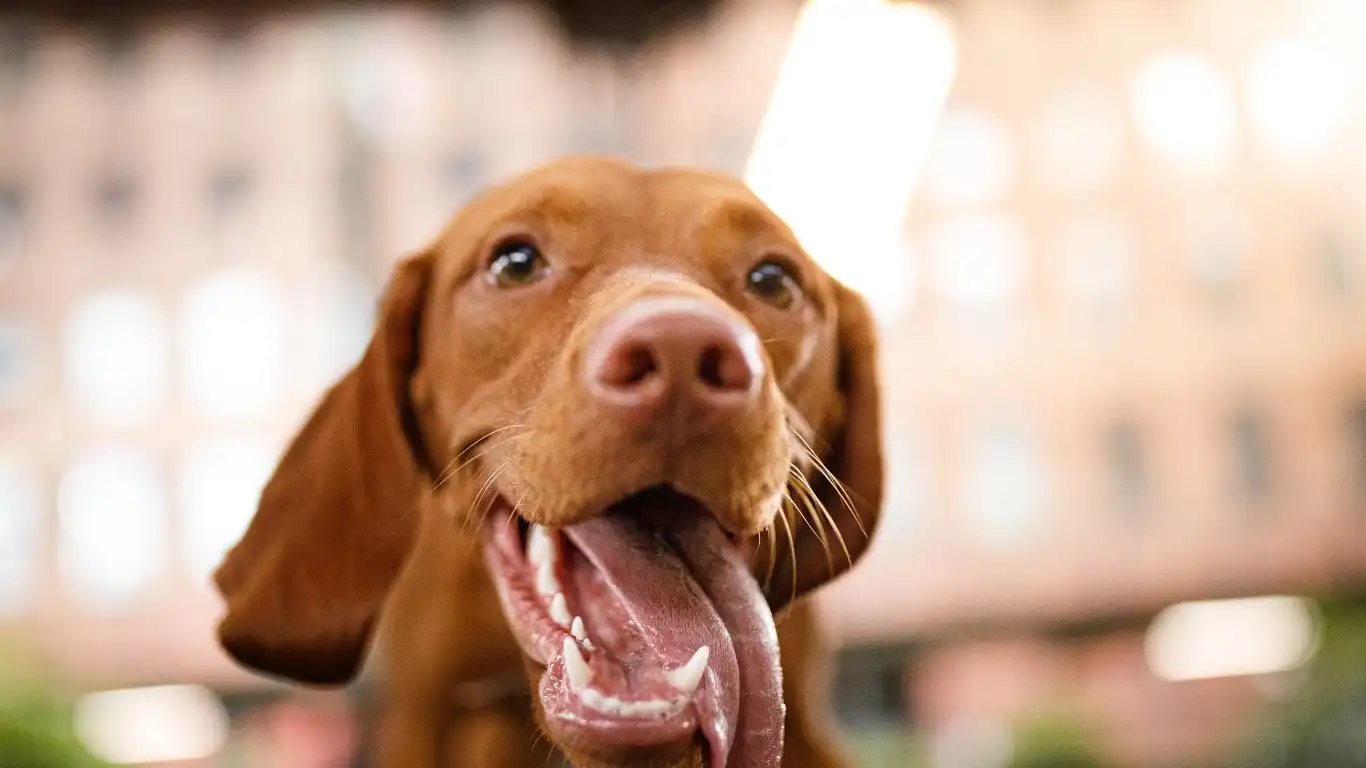
3. Drying Your Dog’s Coat
Drying your dog’s coat properly is as important as bathing them. Long-haired dogs are prone to developing mats if they are left damp for too long. Here’s how to dry your dog:
- Use a Towel First: After the bath, gently towel dry your dog to remove excess water. Be gentle to avoid pulling on the fur.
- Blow-Dry (If Your Dog Is Comfortable): If your dog is okay with the sound of a blow dryer, use a low, cool setting to dry their coat. Keep the dryer moving to avoid overheating any one area.
- Brush While Drying: As you dry your dog, brush through their fur again to ensure that no tangles form while they’re wet.
Now that you know the basics of grooming your long-haired dog, the rest of the process is all about maintaining their beautiful coat. Stay tuned for more grooming tips and tricks in the next part of this guide!
Trimming Your Long-Haired Dog’s Coat: Essential Tips and Techniques
Now that you’ve tackled the basics of brushing and bathing, let’s dive into the part many dog owners find a bit intimidating: trimming your long-haired dog’s coat. It may seem tricky at first, but with a bit of practice, you can master it. Trimming not only keeps your dog looking fresh, but it also helps prevent mats from forming and keeps their coat manageable. Let me walk you through how to do it the right way, so you both stay comfortable and happy throughout the process.
1. Trim in Small Sections
When it comes to trimming, don’t rush it. It’s best to trim in small sections to ensure precision and keep your dog safe. Start by dividing your dog’s coat into manageable chunks, usually by the breed’s natural sections. For example, work on one leg at a time, then move on to the back, and so on. Take your time and avoid cutting too much at once.
- Use Blunt-Tipped Scissors: For safety, always opt for blunt-tipped scissors, especially around sensitive areas like the face, ears, or paws. This minimizes the risk of accidental cuts.
- Go Slowly: It’s always better to trim a little bit at a time. You can always go back and adjust if needed, but cutting too much at once can be a big mistake.
- Work with the Coat’s Natural Pattern: When trimming, follow the natural flow of your dog’s coat. Cutting against the grain or going in random directions can leave uneven spots.
2. Don’t Forget the Paws, Ears, and Tail
Some of the trickiest areas to trim are the paws, ears, and tail, but with the right approach, you can get these areas looking great without causing discomfort to your dog. Let’s go over each of these areas in detail:
- Paws: Long hair on the paws can easily collect dirt and debris, which is why keeping them trimmed is essential. Use your scissors or clippers to carefully trim the fur around the paws, making sure you don’t clip the pads of the feet.
- Ears: If your dog has long hair around their ears, make sure to trim it regularly. Be extra careful here, as it’s easy to nick the skin. Use a smaller pair of scissors and trim the hair around the ear opening, as well as any straggling hairs around the ear flap.
- Tail: The tail can be tricky, but trimming it keeps it looking neat. Focus on the underpart of the tail where the fur tends to get longer, and trim only the stray hairs to maintain a natural look.

3. When to Use Clippers vs. Scissors
For many dog owners, the decision of when to use clippers versus scissors can be a bit confusing. While scissors are great for detailed trimming, clippers are often more efficient for larger areas of the coat. Here’s when to use each:
- Clippers: Clippers are perfect for large areas, especially on your dog’s body and belly. If your dog has a thick undercoat, clippers can help trim through that heavy fur more easily.
- Scissors: Scissors are ideal for detailed work around the face, ears, and paws. You’ll need a steady hand to get precise cuts in these sensitive areas.
- Combination of Both: In many cases, you’ll need to use both scissors and clippers, depending on the area you’re working on. Clippers can quickly handle bulkier areas, while scissors are perfect for touch-ups.
Managing Your Dog’s Coat Throughout the Year
Just like us, dogs’ grooming needs change with the seasons. Understanding how to care for your dog’s long coat year-round will make all the difference in how their fur looks and feels. Here’s how to adjust your grooming routine depending on the time of year:
1. Summer Grooming Tips
During the warmer months, your dog may need extra attention to stay cool and comfortable. Here are some summer grooming tips to keep in mind:
- Shorten the Coat: While it’s never a good idea to shave a long-haired dog completely (it can lead to sunburns and skin issues), you can trim their coat shorter in the summer to help with airflow and keep them cool.
- Frequent Brushing: During summer, dogs tend to shed more. To help manage this, brush your dog’s coat more often to keep it free of tangles and mats and reduce shedding around the house.
- Check for Bugs: Longer hair can hide pesky bugs like ticks and fleas. Be sure to check your dog’s coat regularly for any signs of parasites, especially after walks in wooded or grassy areas.

2. Winter Grooming Tips
In the winter, your dog’s coat may need a little extra care to keep it healthy and protected from the cold. Here’s what to focus on during the colder months:
- Keep the Coat Full: Long-haired dogs naturally have thicker coats in winter, so avoid trimming it too short. This will help them stay warm and protected from the elements.
- Dry After Walks: If your dog’s coat gets wet from snow or rain, make sure to dry them thoroughly as soon as you’re back indoors. Damp fur can lead to cold and skin irritation.
- Moisturize the Skin: Cold air can dry out your dog’s skin, so consider using a moisturizing dog-friendly coat spray to keep their skin hydrated throughout the winter months.
Common Mistakes to Avoid When Grooming Your Long-Haired Dog
As with any new skill, it’s easy to make mistakes when grooming your long-haired dog. But with some awareness, you can avoid these common pitfalls and make the grooming process a pleasant experience for both you and your dog:
- Using Human Grooming Products: Always stick to dog-specific grooming products. Human shampoos and conditioners are not formulated for your dog’s skin and can cause irritation.
- Skipping Regular Grooming Sessions: Long-haired dogs need frequent grooming sessions to avoid mats, tangles, and skin problems. Skipping regular grooming can lead to a lot of frustration later on.
- Being Too Rough: Grooming should be a calm and relaxing experience for your dog. Be gentle with your brushing, trimming, and bathing to ensure your dog feels safe and comfortable.

With these tips in hand, you’re well on your way to becoming a grooming pro for your long-haired dog! As always, the key is patience and consistency. Your dog’s grooming routine will get easier and quicker over time, and you’ll both enjoy the process even more. In the next section, we’ll dive into some common grooming challenges and how to troubleshoot them, so stay tuned!
Common Grooming Challenges and How to Overcome Them
By now, you’ve learned all the essential steps for grooming your long-haired dog, but let’s be honest—grooming isn’t always a smooth process. Every dog is different, and sometimes, you might run into a few challenges. Whether your dog’s coat is incredibly thick, they hate baths, or they get anxious during grooming sessions, you’re not alone! Let me share some common grooming challenges and how to tackle them with a little patience and some pro tips.
1. Dealing with Mats and Tangles
One of the most common issues with long-haired dogs is mats and tangles. These can form quickly if your dog’s coat isn’t brushed regularly or if they’ve rolled around in something that causes their fur to get knotted. Mats can be painful for your dog and can lead to skin irritation if left untreated.
- Prevention is Key: Regular brushing is your best friend here. Use a slicker brush or pin brush to gently remove tangles. Be sure to brush in small sections, working from the tips to the roots of the hair to avoid pulling on the mats.
- De-matting Tools: If your dog does get a few mats, consider using a de-matting comb or rake. These tools are specifically designed to safely untangle your dog’s fur without causing discomfort.
- Use a Detangler Spray: A detangler spray or leave-in conditioner can be helpful when working through particularly tough mats. It helps to loosen the hair and makes it easier to comb through without breaking or damaging the coat.
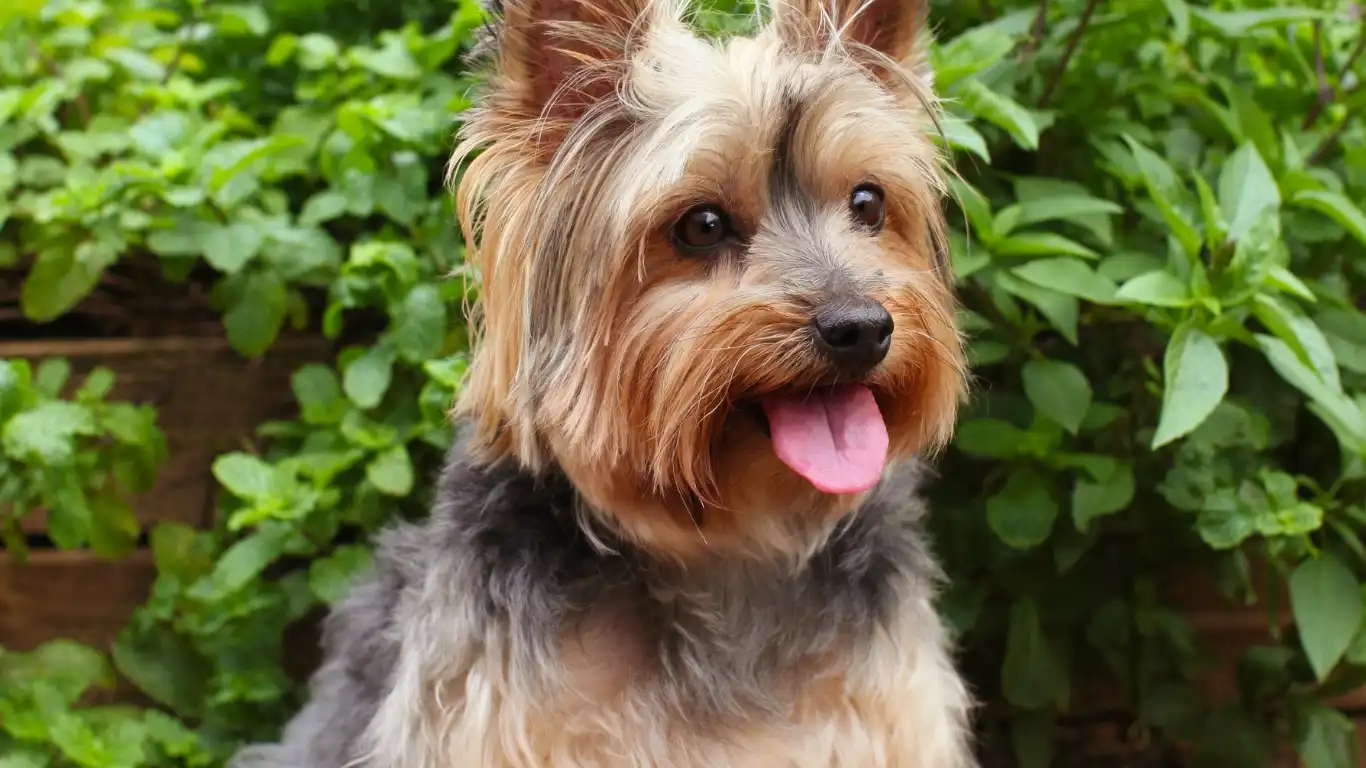
2. Overcoming Grooming Anxiety
Many dogs, especially those who aren’t used to grooming, can experience anxiety during the process. This can make grooming difficult, and in some cases, it may lead to a stressful experience for both of you. But don’t worry—there are ways to ease your dog’s grooming anxiety.
- Start Slow: Begin with short grooming sessions and gradually build up the duration over time. This way, your dog won’t feel overwhelmed by a long grooming session all at once.
- Positive Reinforcement: Use treats, praise, and affection to reward your dog during and after grooming. Positive reinforcement helps your dog associate grooming with good things.
- Desensitize to Tools: If your dog is scared of the grooming tools, introduce them gradually. Let your dog sniff the brush or comb before using it, and reward them with treats when they remain calm.
3. Managing Excessive Shedding
If you have a long-haired dog, shedding is inevitable—but that doesn’t mean you can’t manage it! Regular grooming can help reduce shedding, but if your dog is shedding excessively, there are a few things you can do to help control it.
- Brush More Frequently: The more you brush, the less hair will end up all over your furniture. Brushing daily or every other day will help remove loose fur and prevent it from falling out throughout the house.
- Use a De-shedding Tool: If your dog sheds a lot, consider using a specialized de-shedding tool like a Furminator. These tools are designed to reach deep into your dog’s undercoat and remove excess hair without damaging the topcoat.
- Maintain a Healthy Diet: A balanced diet rich in omega-3 fatty acids and other nutrients can help reduce excessive shedding. Speak with your vet or a pet nutritionist to find the right food for your dog’s specific needs.
Grooming Your Long-Haired Dog: Extra Tips for Special Breeds
Different long-haired breeds have different grooming needs, so it’s important to tailor your grooming routine to suit your dog’s specific breed. Here are some additional tips for grooming some popular long-haired breeds:
1. Shih Tzu
Shih Tzus have beautiful, long coats that require daily brushing to avoid mats. They also need regular eye care, as their long fur can irritate their eyes. Keep their face trimmed and their hair around their eyes clean to avoid discomfort.
- Frequent Brushing: Brush your Shih Tzu every day to prevent tangles and mats.
- Bathing: Bathe your Shih Tzu every 4-6 weeks, but be sure to use a gentle, moisturizing dog shampoo to keep their skin and coat healthy.
2. Maltese
Maltese dogs are known for their silky, long coats, but their fur can get tangled easily. To keep them looking pristine, regular grooming is essential. Trim their coat to keep it manageable, and be sure to keep their ears clean to prevent infection.
- Trim Regularly: Trim your Maltese’s coat every 4-6 weeks to keep it from becoming too long and tangled.
- Eye Care: Maltese dogs often develop tear stains, so be sure to wipe their eyes gently and regularly to prevent staining and discomfort.
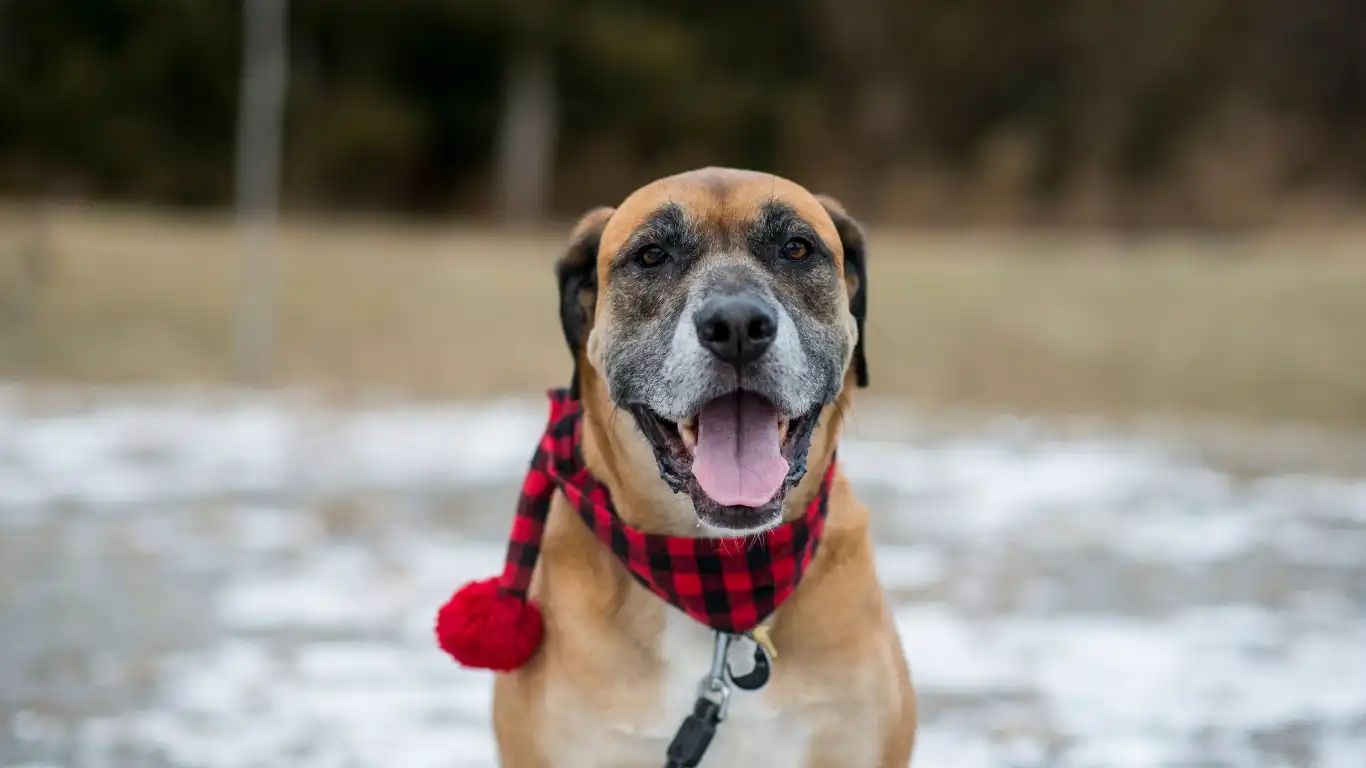
3. Yorkshire Terrier
Yorkies have long, silky fur that can grow down to the floor, making regular grooming a must. Like Shih Tzus and Maltese, Yorkshire Terriers require consistent brushing to prevent mats. They’re also prone to tangles behind the ears, so extra attention should be given to this area.
- Brush Every Day: Brushing your Yorkie’s coat daily will help avoid mats and tangles.
- Trim the Coat: Trim the fur around their face, paws, and tail for a neater look and to prevent hair from obstructing their vision.
Maintaining a Grooming Schedule
One of the most important things to remember when grooming your long-haired dog is consistency. Creating a regular grooming schedule not only ensures that your dog’s coat stays healthy, but it also helps keep your dog accustomed to the grooming process. Depending on your dog’s breed and lifestyle, you may need to adjust the frequency of their grooming sessions.
- Daily: For dogs with particularly long or thick coats, daily brushing may be required to prevent tangles and mats.
- Weekly: For most long-haired breeds, brushing every 2-3 days should be sufficient to maintain a healthy coat.
- Monthly: Bathe your dog every 4-6 weeks, and schedule trims every 1-3 months to keep their coat looking neat and tidy.
By following a regular grooming routine and being mindful of your dog’s specific needs, you’ll be able to maintain their long coat with ease and keep them looking their best. Happy grooming!
Disclaimer: This article is intended for informational purposes only. For specific concerns regarding your dog’s grooming or health, please consult a veterinarian or professional pet groomer.
For more pet care tips, check out our website for detailed guides and expert advice on all things related to pet health and grooming.
